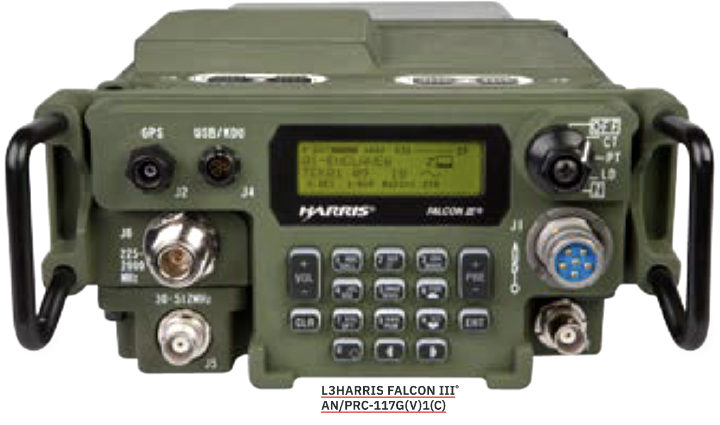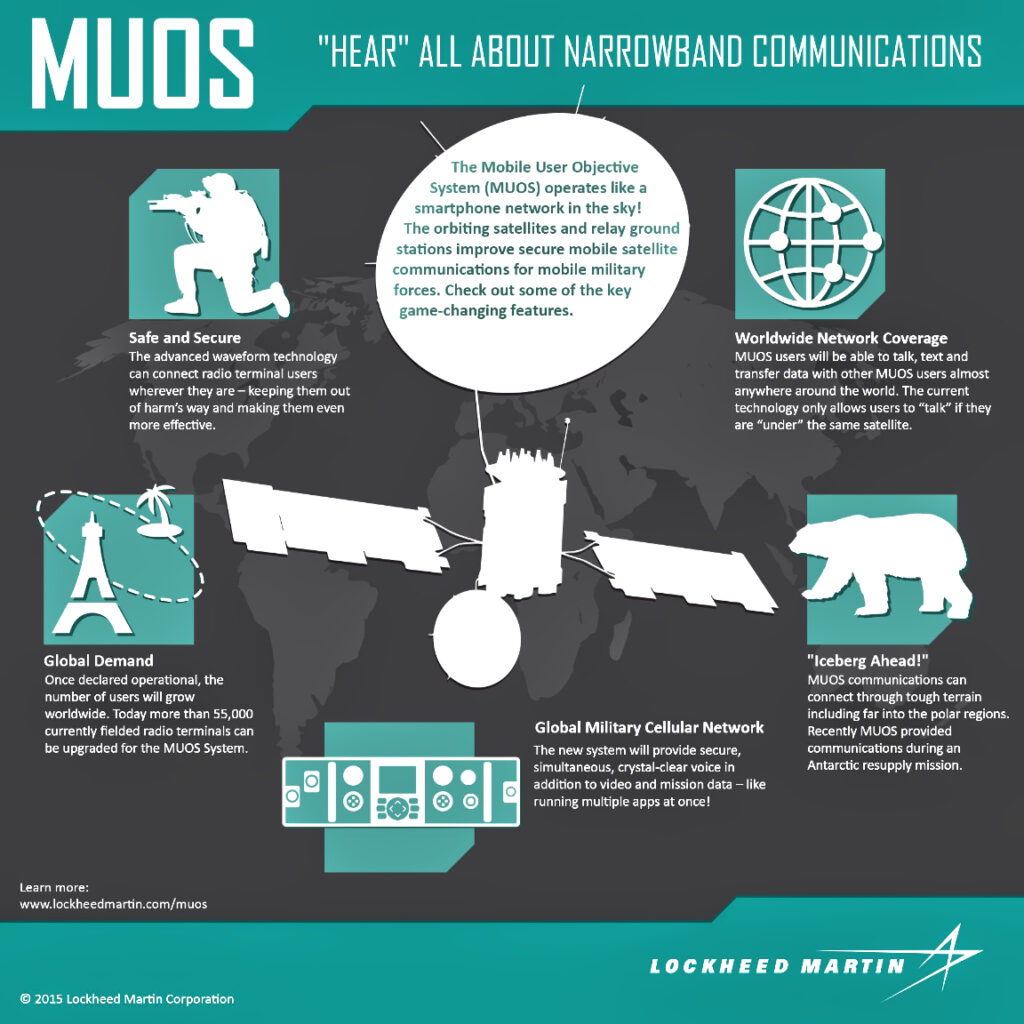
Naval Information Warfare Center (NIWC) Pacific personnel successfully completed a cross-banding demo that successfully connected legacy 5 kHz Ultra High Frequency (UHF) military satellite communications (MILSATCOM) channel operators with the Department of Defense’s (DoD) modern Mobile User Objective System (MUOS) Wideband Code Division Multiple Assets (WCDMA) group operators.

The DoD uses SATCOM to support air, land and sea operations critical to U.S. national security, including beyond line-of-sight communications between command posts and operators in the field. UHF SATCOM has long been the foundation of DoD’s Beyond-Line-Of-Sight (BLOS) capability — supporting more than 50% of all deployed users. UHF terminals are unique in that they primarily support line-of-sight communications between various units, while providing a BLOS SATCOM mode to connect users and manage geographically dispersed operations.
MUOS is DoD’s newer, more advanced UHF SATCOM system and is designed to provide joint warfighters with reliable, worldwide voice and data communications in challenging weather environments and through thick foliage. MUOS offers significant improvements over legacy systems, including a ten-fold increase in overall communications capacity, reduced signal interference and improved connectivity performance.
Two portable radio communication (PRC)-117G single-channel radios were configured, one to legacy UHF communications mode (representing a U.S. or international partner user with limited accesses) and the other to MUOS WCDMA Group Voice mode. The third terminal, a PRC-158 two-channel radio, operated on both legacy UHF SATCOM and the MUOS WCDMA Group service. In this configuration, the PRC-158 received legacy UHF voice communications from the first PRC-117G and automatically retransmitted the communication to the second PRC-117G over MUOS WCDMA (and vice versa).


Calls were conducted from each radio, and cross-banding was successfully demonstrated in both directions, including to Space Systems Command’s Narrowband SATCOM office (formerly PMW 146) and to Col. Jay Steingold, United States Space Force’s HQ Space Operations Command SATCOM mission area team chief.


The demo was consistent with past NIWC PAC efforts validating voice communications interoperability, via cross-banding, between MUOS WCDMA Group users and current legacy UHF SATCOM modes, including channels operating with Demand Assigned Multiple Access (DAMA), Time Division Multiple Access (TDMA), and dedicated Single Access waveforms.
“As more MUOS WCDMA-capable terminals are fielded, cross-banding concepts, like the one demonstrated today, will allow WCDMA users to take advantage of improved MUOS capabilities while retaining critical interoperability with DoD and coalition partners still operating legacy UHF terminals,” said Col. Steingold.

